Paper cutting moves on into the 21st century
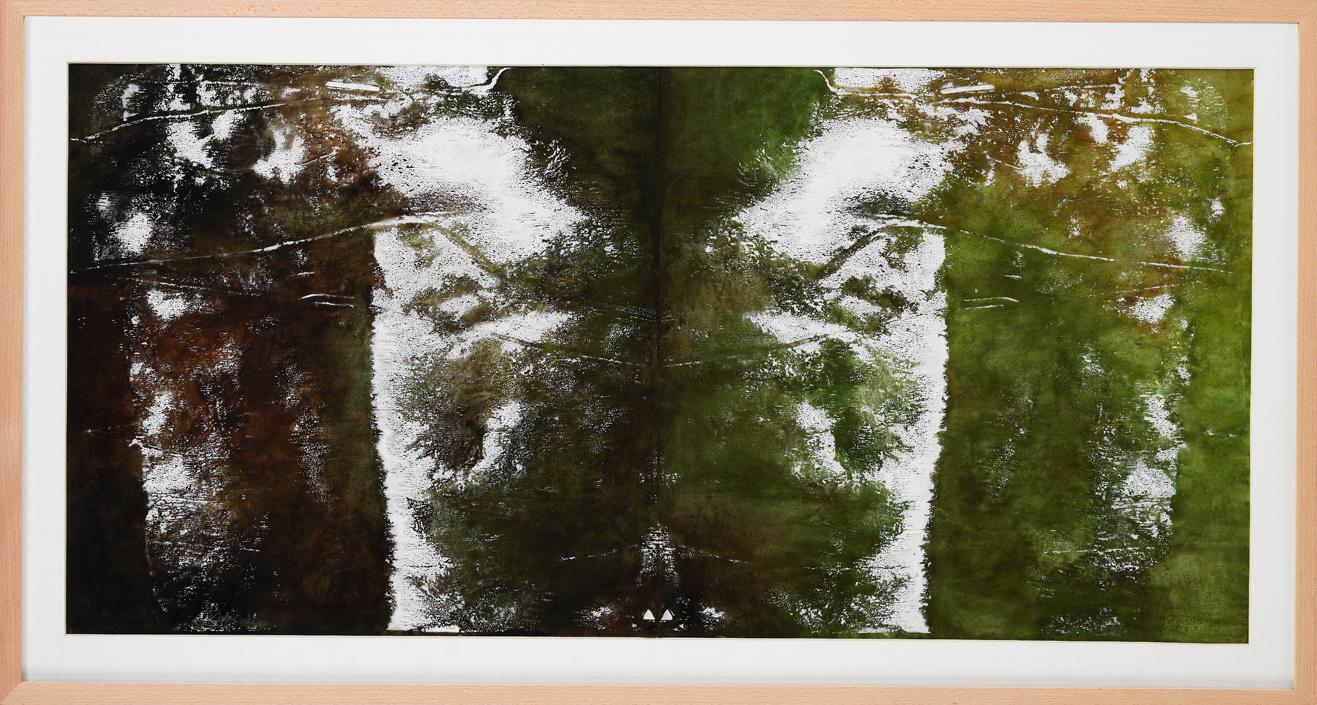
Think of Swiss paper cutting and you might come up with traditional scenes of cows going up the Alps to pasture. You might not think of a torso, people disco dancing or even the aforesaid cows being winched to safety by a helicopter.
Paper cutting has been around in many forms in Switzerland since the 17th century – from devotional religious images to silhouettes popular among the elite. But it is Johann Jakob Hauswirth (1809-1871) who is considered the father of traditional Swiss paper cutting.
This simple labourer, from the Bernese Oberland, managed to produce Alpine scenes of exquisite delicacy, often getting out scissors and paper as thanks to farmers who had provided him with hospitality.
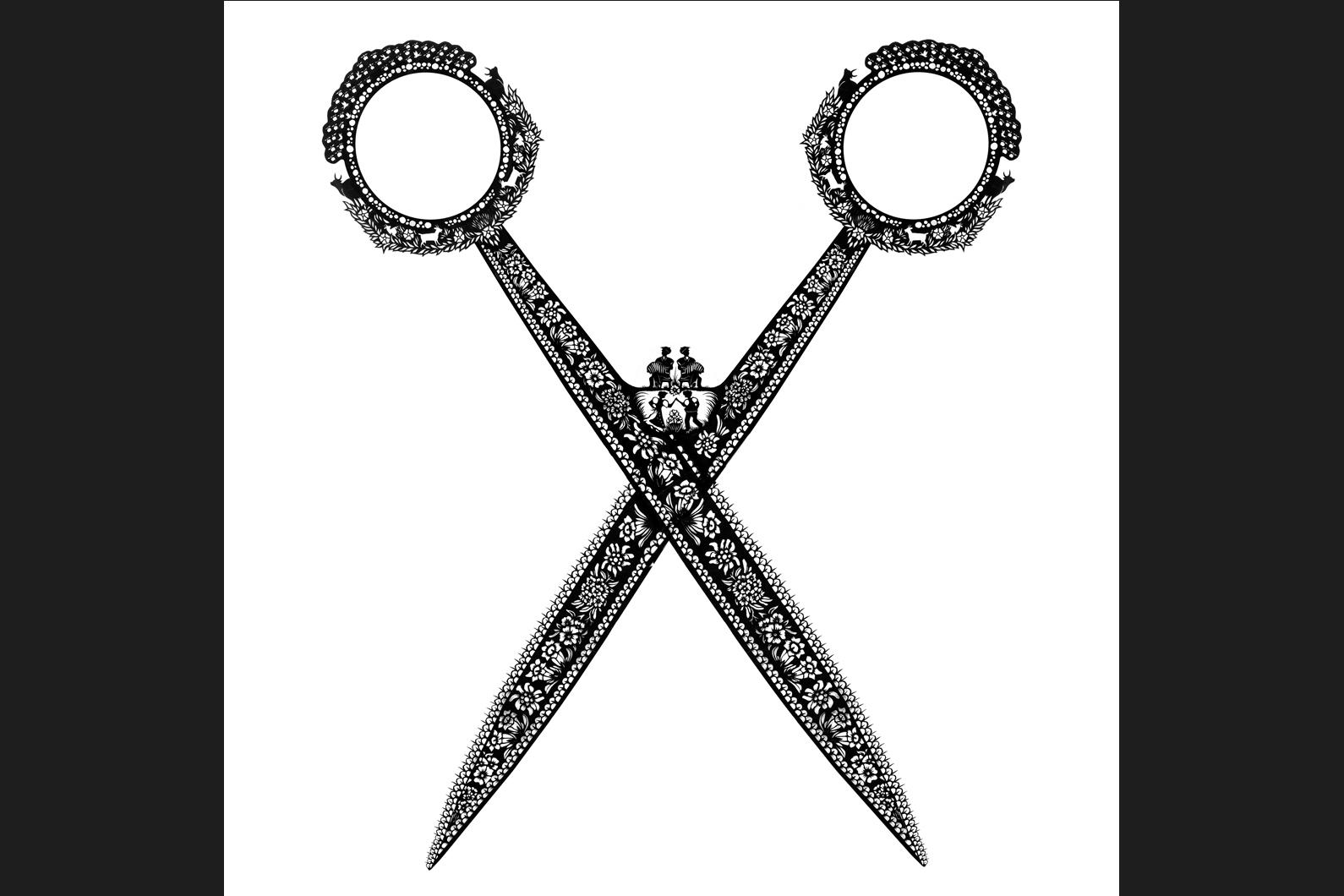
More
Paper cuts old and new
Scroll forward to the 21st century – and passing through a dip in popularity in recent decades – and you now have around 200-300 people active in paper cutting in Switzerland, with around 100 regularly exhibiting. Alpine themes are still popular, but many proponents are trying to push the boundaries.
This includes 65-year-old Ernst OppligerExternal link, considered one of Switzerland’s foremost paper cutters. He created Torso, which is one of the star works of a major exhibition of paper cutting at the Swiss National Museum in ZurichExternal link, in which modern paper cutters took inspiration from traditional themes.
“To become a paper cutter, who used to mostly come from the Bernese Oberland, I went up onto the Alp and worked there,” Oppliger told swissinfo.ch.
“Forty years later I visited this Alp again and took a strange photo of melted snow, with its zigzags, and this was the basis for homage to Hauswirth. I also compared my old, ill body to my then young, and through Alp work, fit body.”
He describes his style as “different” and having moved towards contemporary slowly.
Individual
A small crowd surrounds him, fascinated, as he gives a demonstration at the museum. Deftly, he makes small cuts into a piece of silk paper that has been folded four times. Like many modern paper cutters, Oppliger also uses a cutter in addition to scissors. Today he is working on the theme of an ammonite.
“I’m showing things that are fossils, or things that I would like to be fossils,” he says. That explains the appearance of an offroad vehicle in his piece.
Modern paper cutting is all about putting your individual stamp on your work, says Felicitas Oehler, president of the Swiss Paper Cutting Association, which has around 500 members, including museums and collectors.
“This is very important especially as in the Alpine cow processions the subjects are always the same… so sometimes you see a helicopter transporting an ill cow, or tractors. Each person has their own way of doing cows, trees. Experts can tell who has done which picture,” she said.
Sometimes works reveal a humorous side. The discotheque paper cut, on show in Zurich, complete with people dancing and indulging in various drunken behaviours, was also inspired by Hauswirth. Just as cows are decorated to be admired in public as they go to pasture, so the creator looked for human equivalents, the exhibition explains.
And in the US…
For Catherine Winkler Rayroud, a Swiss paper cutter based in Texas in the United States, her framework is traditional Swiss – the trained ceramicist hails from Château d’Oex, another cradle of paper cutting. But peer closely and you’ll see the American influence: horses rather than cows; drilling rigs rather than chalets.
Her pieces featuring modern issues – like her bra-shaped cutting depicting women’s struggle between their aspirations and role as caregivers – are particularly popular and have won many prizes and awards, she explained on the phone from Houston. She has recently collected these paper cuttings into a book on what it means to be a woman, which will be published in the summer.
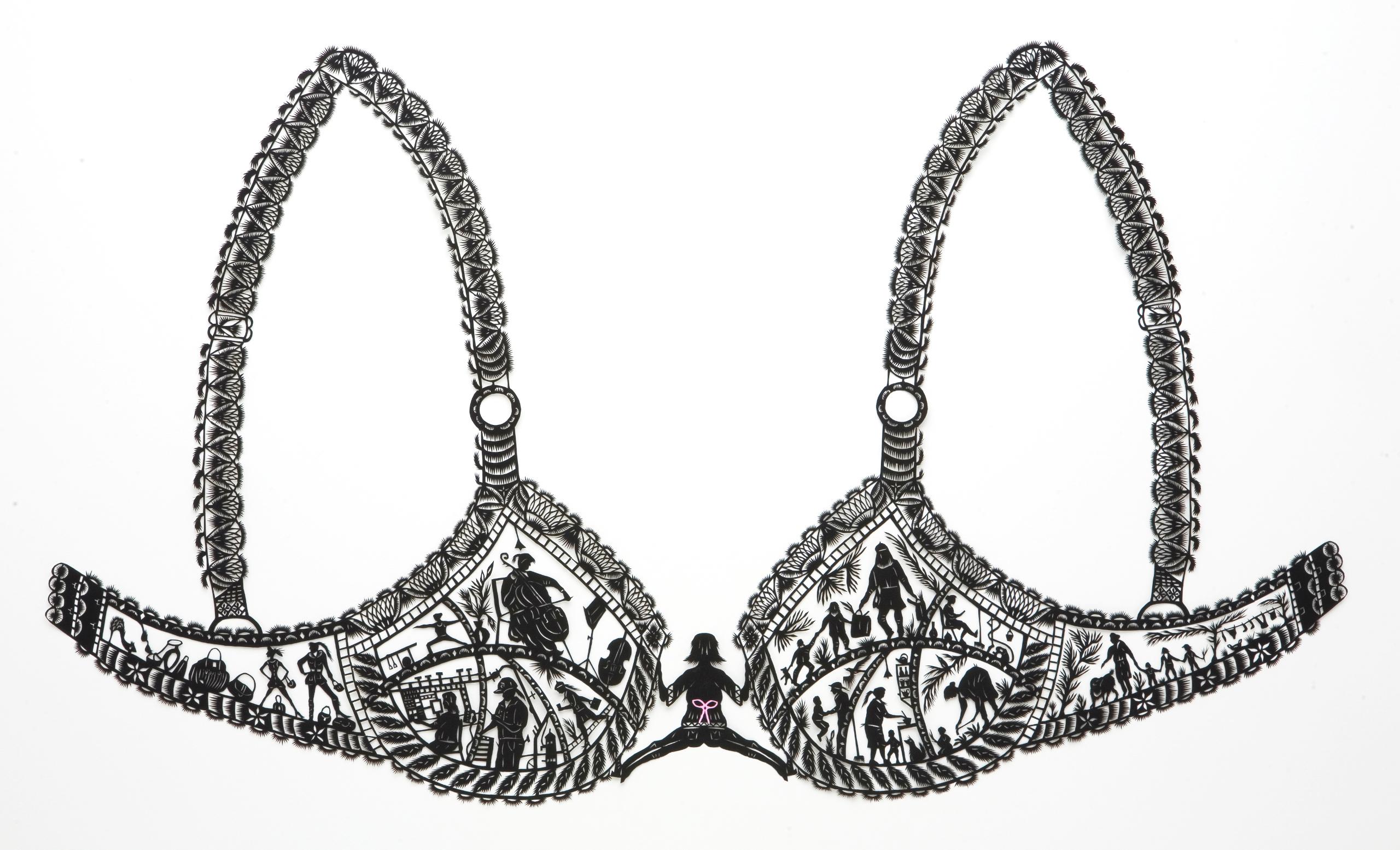
“I cut to express feelings and deep emotions and most of my paper cuttings have a meaning or a hidden message,” said Winkler, whose work has been featured in the New York Times Magazine.
Winkler, who still uses tiny curved nail scissors she buys in the Migros supermarket when she is back in Switzerland, says there is a lively paper cutting scene in the US, that includes other paper cutting traditions, such as Asian (its origin), Jewish, Polish and of course the Mexican Papel Picado (often cut with a hammer and a chisel).
Art?
There is, however, one major difference between Switzerland and the US: “Here, paper cutting is considered contemporary art. This is almost unheard of in Switzerland.”
Oehler says it is hard to classify paper cutting nowadays. Hauswirth undoubtedly produced folk art. “These are fantastic pictures but not like today’s. Hauswirth created with his heart, not his head. Today everything is much more perfect, and, from a scientific point of view, not folk art,” she said.
She said the public, and some paper cutters, still consider it a craft, but other proponents see it as contemporary art. Oppliger, for example, says everyone should be free to define their own art.
One thing is clear: paper cutting remains collectable, and some of the biggest collectors are foreigners residing in Switzerland. Many larger works go for around CHF1,000 ($1,045).
But an original Hauswirth can fetch around CHF60,000 at auction.
Labour of love
Oppliger’s Torso is the most valuable in the exhibition, at CHF9,300. But he is a rarity in that he has managed to make a living from paper cutting, also through occasional commercial work. Many paper cutters – lots are women – are part-time.
This includes Pia Odermatt, who is relatively new to paper cutting, having started 15 years ago. The trainee primary school teacher is proud to have her first work, Chamoix, in a major exhibition. It has already been sold.
“The exhibition is good for business but it’s overall too little to live from it and I would have to invest too much time. It’s an unsteady source of income,” she explained.
Odermatt can spend up to 100 hours on a piece, Oppliger a month. He says that in a society where time is at a premium, this may form part of paper cutting’s appeal.
A history
Paper cutting originated in Asia and spread throughout central Europe in the 17th century. Devotional pictures and heraldic paper cuts by nuns were among the first paper cuts in Switzerland.
In the second half of the 18th century, silhouette portraits became fashionable in cities, as a cheaper alternative to oil miniatures. This was popular among such figures as Johann Wolfgang von Goethe, Jean Huber and Johann Caspar Lavater.
Paper cuts then expanded their scope, into scenes and stories and using different shapes and forms. They became popular in rural areas as well, with Johann Jakob Hauswirth and Louis Saugy among the best known rural paper cutters.
The Swiss Paper Cutting Association’s Oehler reports that the quality of Swiss paper cutting is very good. “I don’t know why that it is, maybe because we are just very serious in Switzerland,” she said. There are also associations in the Netherlands, Germany and the US.

In compliance with the JTI standards
More: SWI swissinfo.ch certified by the Journalism Trust Initiative

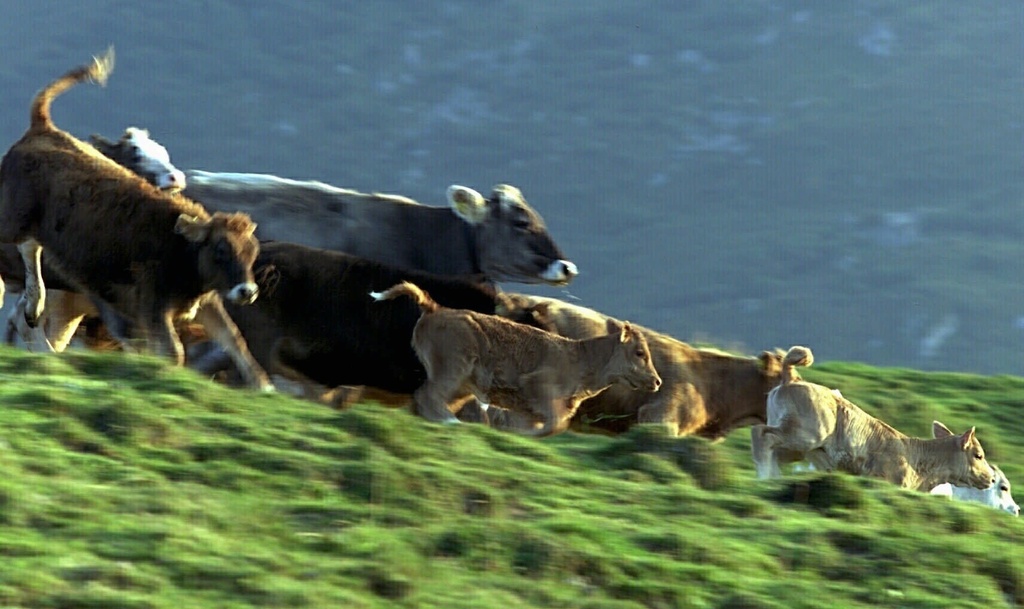
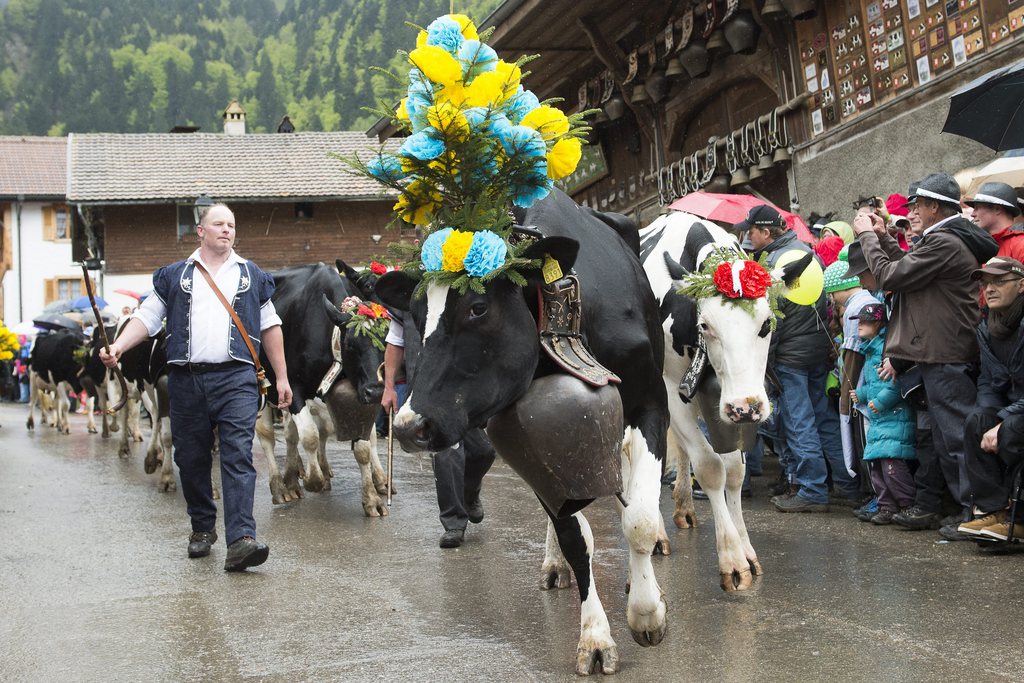
You can find an overview of ongoing debates with our journalists here. Please join us!
If you want to start a conversation about a topic raised in this article or want to report factual errors, email us at english@swissinfo.ch.